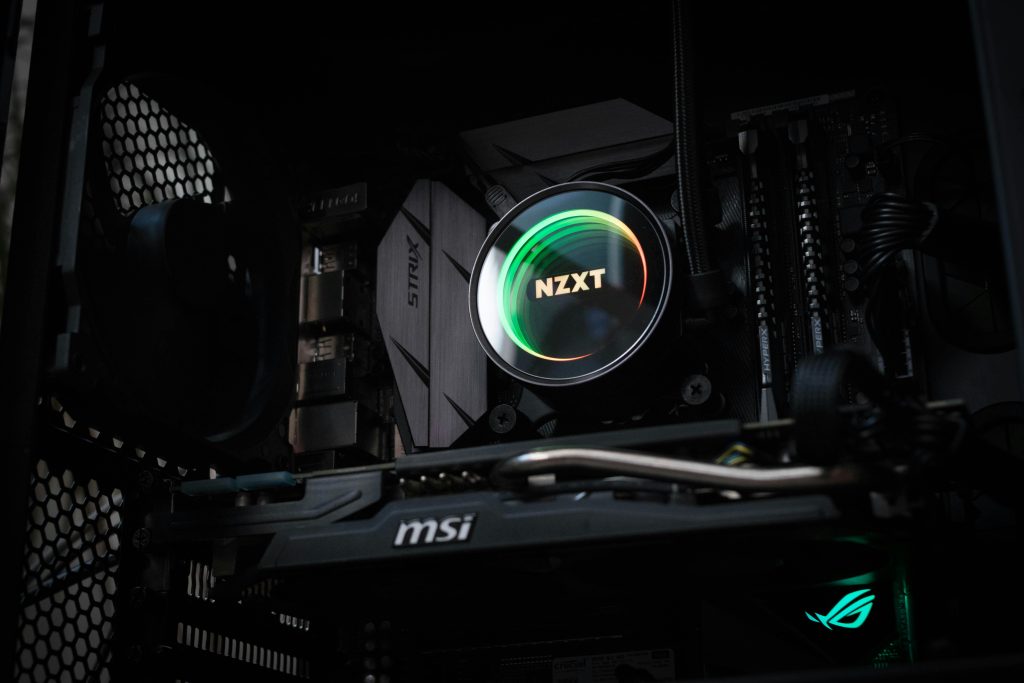Troubleshooting Guide: Resolving Intermittent Black Screen Issues on Your Laptop
If you’re experiencing sudden black screens or display anomalies on your laptop—such as the screen going black or turning white, along with specific error indicators—don’t worry. These issues can often be addressed with some systematic troubleshooting steps. Although you may not be familiar with computer hardware or software intricacies, this guide provides clear, actionable advice to help diagnose and potentially resolve the problem yourself.
Understanding the Symptoms
Your laptop, which is relatively new (an Intel Evo model purchased just a few months ago), sporadically experiences display interruptions. Common signs include:
– The screen turning black or white temporarily.
– Game clients closing unexpectedly.
– A blue error icon with shapes and an ‘X’ appearing in the upper left corner.
– An inconsistency on the desktop, where parts of the screen display only the background after highlighting.
These symptoms often suggest issues related to display drivers, hardware, or software conflicts. It’s great that you’ve already attempted some basic troubleshooting steps; let’s explore further options.
Step 1: Verify and Update Graphics Drivers Properly
You’ve mentioned updating your graphics drivers manually, but issues persist. Ensure that your drivers are correctly installed and up to date:
– Use Official Sources: Download drivers directly from the manufacturer’s website (Intel, NVIDIA, AMD), rather than third-party tools.
– Utilize Windows Update: Sometimes, Windows provides optimized driver updates via Windows Update.
– Check Device Manager:
– Press Win + X and select ‘Device Manager.’
– Expand the ‘Display adapters’ section.
– Right-click your graphics device and select ‘Update driver.’
– Choose ‘Search automatically for updated driver software.’
Step 2: Perform a Clean Installation of Display Drivers
Sometimes, remnants of previous drivers cause conflicts:
– Use a tool like Display Driver Uninstaller (DDU) to completely remove existing graphics drivers.
– After cleaning, reinstall the latest drivers from the manufacturer’s official website.
Step 3: Run Hardware Diagnostics
Since your device is quite new, hardware issues are less common but still possible:
– Built-in Diagnostics: Many laptops have built-in diagnostics tools accessed via the BIOS or boot menu (check your laptop’s manual for instructions).
– External Tests: If possible, connect your laptop to an external monitor or display to see if the issue replicates. If the external display remains unaffected, the problem may be with
Share this content:



